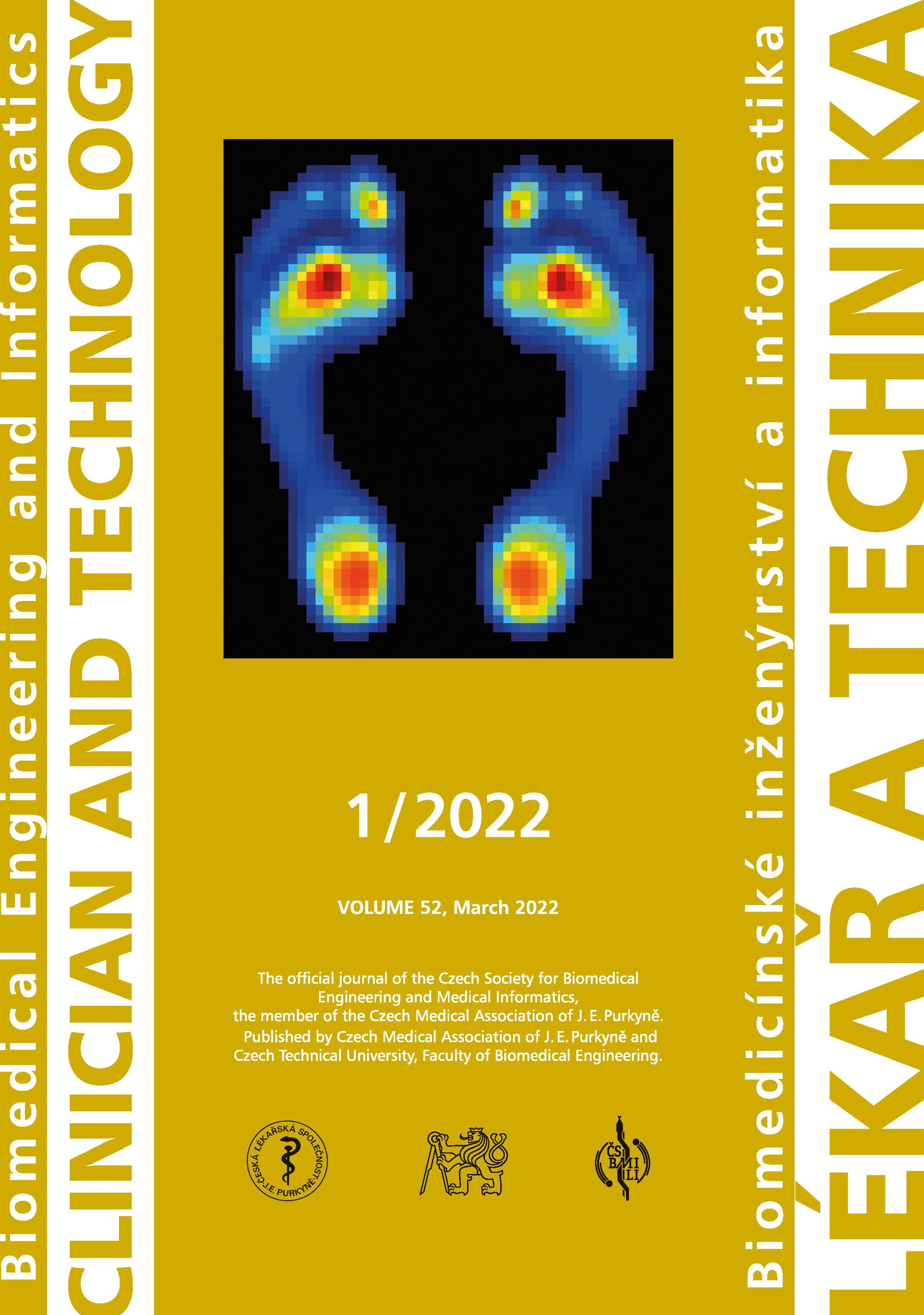COMPARISON OF THE RELATIVE CHANGE IN THE RATIO OF PaO2 AND FiO2 DURING PERIODS OF CONTROLLED THERAPEUTIC INTERVENTION AND ROUTINE CARE
DOI:
https://doi.org/10.14311/CTJ.2022.1.03Abstract
Oxygen is the most common drug used in the critical care of infants. There is significant morbidity and mortality associated with excess or inadequate levels. For this reason, an important element of many therapeutic interventions in the ICU requires assessment of their acute impact on oxygenation. It is common to normalize the arterial level of oxygen with the fraction of inspired oxygen (PF-ratio). Further, a change may often be more important than the absolute level. Though the PF-ratio is often reported, it was surmised that the rarely reported, relative magnitude of change in PF-ratio might be a useful metric for assessing the stability and effectiveness of therapy. Therefore, individual patient data from two different studies were evaluated. The cases included periods of therapeutic intervention and periods without intervention, thus permitting the evaluation of the PF-ratio's potential sensitivity to change and thresholds for relevant change. During surfactant administration in extremely preterm infants, the PF-ratio improved at least 25% in 91% of the infants, while 9% showed less than a 10% change. During high-frequency oscillatory rescue in children, the PF-ratio improved at least 25% in 76% of the infants, while 8% showed less than a 10% change. Consideration of thresholds of 50% and 5% reflected low prevalence. In periods of routine care, the prevalence of marked changes was less prevalent but still common (6% and 55%) and periods of little change more prevalent (21% and 21%). We believe this initial work supports the feasibility of using the magnitude of change in PF-ratio and provides a useful stimulus for additional evaluations.
Downloads
Published
Issue
Section
License
Copyright (c) 2022 Thomas Edward Bachman

This work is licensed under a Creative Commons Attribution 4.0 International License.
Authors who publish with this journal agree to the following terms:
- Authors retain copyright and grant the journal right of the first publication with the work simultaneously licensed under a Creative Commons Attribution License (https://creativecommons.org/licenses/by/4.0/) that allows others to share the work with an acknowledgment of the work's authorship and initial publication in CTJ.
- Authors are able to enter into separate, additional contractual arrangements for the non-exclusive distribution of the journal’s published version of the work (e.g., post it to an institutional repository or publish it in a book), with an acknowledgment of its initial publication in this journal.
- Authors are permitted and encouraged to post their work online (e.g., in institutional repositories or on their website or ResearchGate) prior to and during the submission process, as it can lead to productive exchanges.
CTJ requires that all of the content of the manuscript has been created by its respective authors or that permission to use a copyrighted material has been obtained by the authors before submitting the manuscript to CTJ. CTJ requires that authors have not used any copyrighted material illegally, as for example a picture from another journal or book, a photo, etc. It is the author’s responsibility to use only materials not violating the copyright law. When in doubt, CTJ may ask the authors to supply the pertinent permission or agreement about the use of a copyrighted material.
The opinions expressed in CTJ articles are those of authors and do not necessarily reflect the views of the publishers or the Czech Society for Biomedical Engineering and Medical Informatics.


